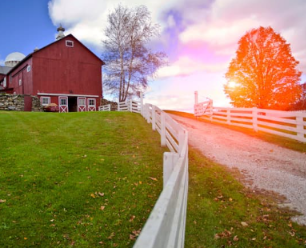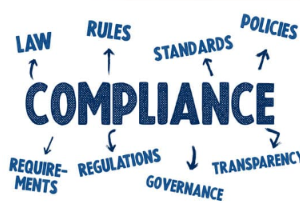Description
A USDA loan, also known as a USDA Rural Development Loan, is a mortgage loan program offered by the United States Department of Agriculture (USDA). It is designed to assist low to moderate-income borrowers in rural and suburban areas in purchasing a home with favorable terms and low down payment requirements.
Key features of USDA loans include:
- No Down Payment: One of the primary advantages of USDA loans is that they typically do not require a down payment. Eligible borrowers can finance up to 100% of the home’s appraised value, making it easier for those with limited savings to become homeowners.
- Location Eligibility: USDA loans are available for properties located in designated rural and suburban areas. These locations are determined by the USDA and are often areas with smaller populations or communities outside major metropolitan regions. Borrowers can check the USDA website or consult with a USDA-approved lender to verify the property’s eligibility.
- Income Limits: USDA loans have income limits based on the median income for the area where the home is located. These limits vary depending on the household size and the specific region. Borrowers must meet these income limits to be eligible for the program.
- Fixed Interest Rates: USDA loans typically offer fixed interest rates, meaning the interest rate remains constant for the entire term of the loan. This provides borrowers with stability and predictability in their monthly mortgage payments.
- Mortgage Insurance: USDA loans require borrowers to pay a guarantee fee and an annual mortgage insurance premium (MIP). The guarantee fee serves as a form of mortgage insurance to protect the lender in case of default. Unlike FHA loans, which have both upfront and ongoing mortgage insurance, USDA loans usually have a lower upfront guarantee fee and a lower annual MIP.
- Flexible Credit Requirements: While USDA loans do consider credit history, they tend to have more flexible credit requirements compared to conventional loans. Borrowers with less-than-perfect credit may still qualify for a USDA loan.
It’s important to note that the property being financed with a USDA loan must be used as the borrower’s primary residence. Additionally, borrowers must meet the USDA’s debt-to-income (DTI) requirements to demonstrate their ability to repay the loan.
To apply for a USDA loan, borrowers can work with USDA-approved lenders. These lenders have experience with the program’s guidelines and can help applicants navigate the application process.
Overall, USDA loans can be an excellent option for qualified homebuyers in eligible rural and suburban areas, as they provide an opportunity to purchase a home with minimal upfront costs and competitive interest rates.








Reviews
There are no reviews yet.